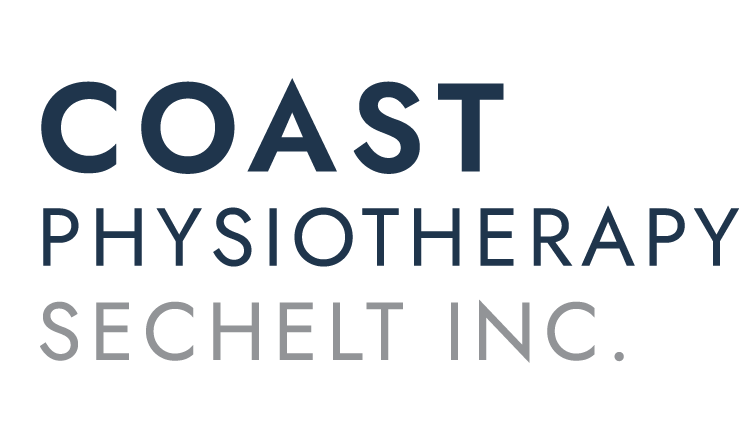
We’ve been very happy to help Forrest out over the past few years. He’s had a number of setbacks and wrenches in his plans including a fractured and surgically repaired wrist in 2019, the Covid pandemic that cancelled a full year of competition after his recovery, and more recently a fractured tibia at the beginning of the 2022 World Cup season. Less than ideal! But he’s managed to readjust his goals and plans along the way, has once again got himself back to world cup form, and will be starting his 2023 season in Costa Rica next month. Read a little bit more about his journey here
Happy 2023!
Ah January – tis the season for setting big goals, renewing commitments to our health, and definitely not eating all the leftover chocolate from the holidays.
The statistics on New Year’s resolutions are dismal, with approximately 80% of resolutions dissolving by February, and we’re just about there!
However, the start of the new calendar year does create a great opportunity for goal setting and planning which can dictate how you will spend your time this year and the satisfaction you will get from your efforts.
Which leads us to the point of this post – resolutions vs. goals vs. a plan – and how physio can help.
A resolution is a firm decision to do or not do something. Nothing wrong with that, but a resolution does not have much meaning or direction attached to it.
For example: I will exercise more this year.
Great! But why, when, how?
A goal is an aim or desired result, the object of a person’s ambition or effort.
We’re getting closer here, but we need to make sure our goals have meaning and provide a direction to follow.
The most well known method for goal setting is following the SMART acronym: setting goals that are Specific, Measurable, Attainable, Relevant, and Time-bound. There is a lot of information available on how to set SMART goals using this acronym (or a variation of it), but the most important take-away is that by spending some time reviewing your goal using the SMART concept, we can easily come up with a meaningful plan – a detailed outline for doing or achieving something.
How Physio Can Help
We know it can be very overwhelming to determine exactly what you should be doing to get from where you are now to where you want to be. One of our roles as physiotherapists is to work with you to outline the steps you need to take to make progress towards your goal. And maybe more importantly, by booking an appointment with us you have made a conscious effort to set aside time for yourself!
Although our plans will be different for everyone, our plan will typically include education about your problem, a treatment plan and session frequency, strength and conditioning exercises to improve function and activity tolerance, what other activities are encouraged or discouraged based on your injury, and how diet, sleep, and stress can influence your progress.
It’s also important to keep in mind that there is no perfect plan, only roadmaps, and that no matter how good your plan is, it is rarely executed perfectly – we all get sick, injured (or reinjured!), have family and work commitments etc.
The important thing to remember is that if you take the time to create a roadmap now it’s more likely you will be living your best life by next year! And we are very happy to assist you in doing so!

